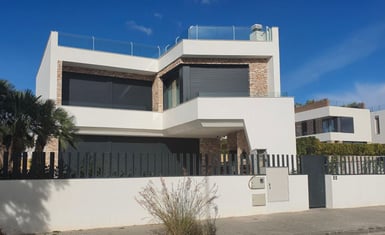Hot and cold elastomers offer an exceptional balance between flexibility, durability and strength. Their properties and versatility make them a very suitable material for the manufacture of magnetic parts for both the industrial and construction sectors.
Read moreOne of the great challenges facing buildings today is to implement systems, technologies and elements that help to use electrical energy in an optimal way to avoid waste.
Read moreClimbing holds are essential elements in climbing walls. They are made of synthetic materials and allow the climber to hold on to the climbing wall. They are intended to simulate the conditions that can be found on natural rock.
Read moreWhether you are an architect, contractor or developer, you may need to compare the thermal performance of different materials for an upcoming construction project. Thermal performance is a key element in determining the energy efficiency of buildings.
Read moreThe polyurethane-bonded rubber used in the paving of children's playgrounds, such as parks, schools or nurseries, has properties that make it the safest option for these spaces, which are often exposed to inclement weather and require resistant and durable materials.
Read moreThe construction sector in Europe mobilises a large amount of natural resources. It also consumes water, energy and generates waste with a high environmental impact. Hence the call for a transition to a circular economy, driven by several actions in different EU...
Read more






